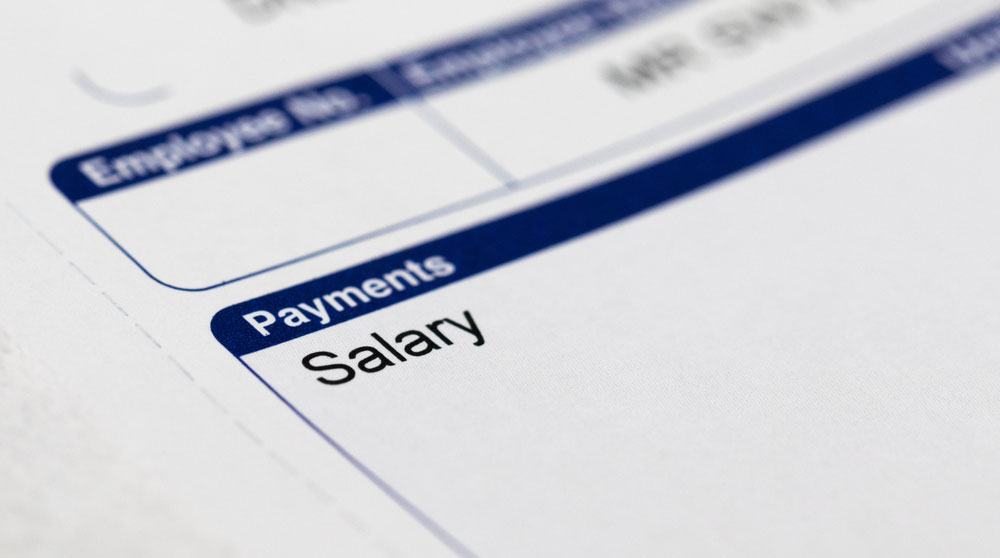As all working professionals have come to learn that the gross salary offered when you accept a job offer is never what you get to take home at the end of every month. While we understand that this is inevitable, there’s no denying that we have a few questions that plague our minds.
Mumbai-based chartered accountant, Aakriti Seth, simplifies the Indian tax structure and advises on ideal investments for financial gain.
Please elaborate on the three types of taxes in India.
India has a complex tax structure and we have multiple types of taxes. However they are broadly divided into direct tax and indirect tax. Direct tax deals with the Income Tax Act, 1961 more popularly known as Income tax. Indirect tax encompasses the recently-introduced goods and service tax (GST), central excise, value added tax (VAT) and central sales tax (CST), profession tax, cess, local body tax, and octroi. With the advent of GST, many indirect taxes have been abolished. However, since certain products of consumption continue to be out of the purview of GST central excise, VAT and CST continue to exist.

What are the main principals of taxes?
The main principal of taxation in India is to tax the rich and provide to the poor. The taxes collected are also utilised for the infrastructure development of the nation, along with the defence and basic running of the country.
How is tax calculated? Please elucidate.
Income tax in India is calculated on income (slab wise) in a staggered manner. We have multiple percentages of levying tax on income, and is calculated on the net income which is derived after deducting all allowed deductions as applicable for the year to the individual. Thereafter, depending upon the slab as per net income of an individual, a tax is levied. As per the new tax regime, they are:
• Up to ₹2.5 lakh NIL
• ₹2.5 lakh to ₹5 lakh – 5 per cent (Tax rebate of ₹12,500 available under section 87A)
• ₹5 lakh to ₹7.5 lakh – 10 per cent
• ₹7.5 lakh to ₹10 lakh – 15 per cent
• ₹10 lakh to ₹12.5 lakh – 20 per cent
• ₹12.5 lakh to ₹15 lakh – 25 per cent
• ₹15 lakh and above – 30 per cent
Please note: The tax calculated on the basis of such rates will be subject to health and education cess of 4 per cent.

As a person just starting out, how would you recommend negotiating for a salary to ensure a better in-hand take home, as opposed to an overall CTC?
For someone just starting out, I would recommend negotiating the best industry average, and depending on the total annual salary, one can understand what tax slab they fall into, after taking into account all deductions and investments. I would advise making appropriate tax saving investments. This won’t only inculcate the habit of saving, it also reduces one’s tax liability considerably, ensuring a maximum take home.
As your financial status increases, what can be some essential tips and tricks to remember when it comes to salary negotiations and avoiding hidden taxes?
For a salaried employee there are not many hidden taxes. However, the declaration that an employee gives every year is very important. As one’s financial status increases, it is important to make good financial investments and decisions. One should try and take advantage of all available tax deductions under the Income Tax Act, 1961 to ensure minimum taxation at the highest level.
Some suggestions would be:
• Complete your investments at the maximum level under section 80C (currently ₹1,50,000)
• Make use of the additional benefit provided by the government for National Pension Scheme (NPS), up to ₹50,000.
• Have a mediclaim insurance plan in place. The premium paid qualifies for a rebate in income.
• If you have made any charitable donations, maintain the receipts and ensure all donations are made via cheque to recognised institutions.
• If you have a housing, loan ensure you claim the rebate as available.
• If you have an education loan ensure to avail the deductions
• If you have had any medical expenses on specified illnesses for yourself or your parents, ensure to claim the rebate up to the maximum available in your returns. However, ensure that all payments have been made through authorised banking channels, and keep all receipts.
• If you are living on rent and you are not availing the facility of house rent allowance (HRA), ensure to claim exemption under section 80G.

When negotiation for a salary hike, what are some key taxable components that can hamper an individual’s take home on a monthly or yearly basis?
The biggest component that hampers the take home of a person is when the taxable slab jumps from 20 per cent to 30 per cent, and even after all possible investments the slab remains at 30 per cent. So make sure you have all your tax declarations in place to avoid feeling the pinch.
What advice would you give to an individual looking for better financial prospects?
One should aim to beat the current level of inflation after taking into consideration the risk adjusted return. It is also necessary to have a diversified investment portfolio. To ensure your finances are managed properly, it is best to consult a certified financial advisor to help you better access your status and recommend an investment path.